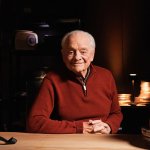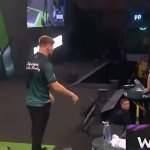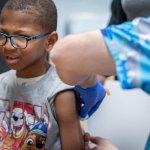Children between the ages of five and 18 should do a minimum of 60 minutes of exercise a day across the week, according to UK government recommendations. And physical education (PE) is, of course, one of the main ways in which both primary and secondary schools meet these guidelines.
As disabled children are more likely to be sedentary, it’s particularly important that they can take part in school exercise. Surveys have also shown that most disabled children would like to be able to take part in PE more often. Yet our latest research, assisted by recently retired academic and former Paralympic athlete Dr Stuart Braye, shows that disabled children attending mainstream schools still experience many difficulties in joining in with PE lessons.
At the first world conference on special needs education held in Spain, in 1994, representatives of 92 countries declared that inclusive education was the right of all children. It should be the norm in all schools, they said.
Nearly three decades on, however, personal accounts of social isolation and non-inclusive mainstream education show that school, for many children with disabilities, is anything but inclusive.
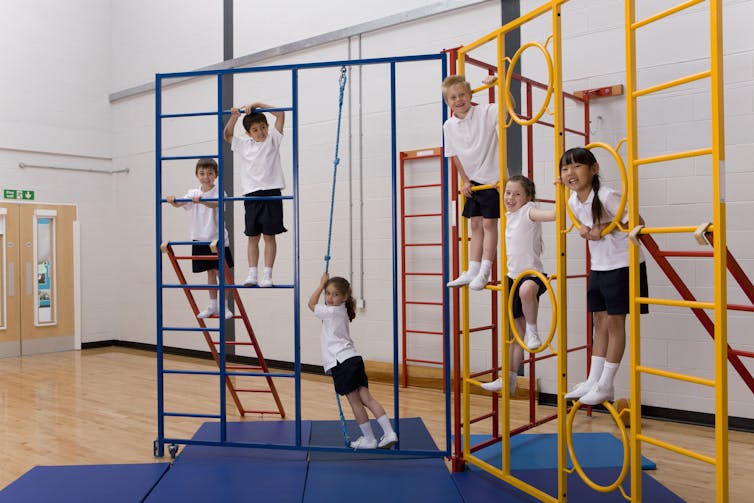
Air Images | Shutterstock
Inclusive PE
This is especially true for PE. In 2015, UNESCO called for all educational establishments to ensure that inclusive, adaptive and safe opportunities to participate in PE be provided for disabled children. Yet despite advances in disability equality legislation both on a global level and in the UK specifically, this has long not been the case.
Research has consistently shown that disabled children experience a less-than-welcoming attitude in mainstream school PE. They don’t have access to the right equipment, they feel marginalised and excluded by both non-disabled peers and teachers. Crucially, PE teachers are not adequately trained to support their needs.
Inadequate teacher training
Studies also show that PE teachers feel under prepared and ill-equipped to include disabled children in PE lessons. In our recent study, for which we interviewed families of disabled children, PE teachers and teacher training providers, we found evidence that initial teacher training (ITT) programmes are inadequate.
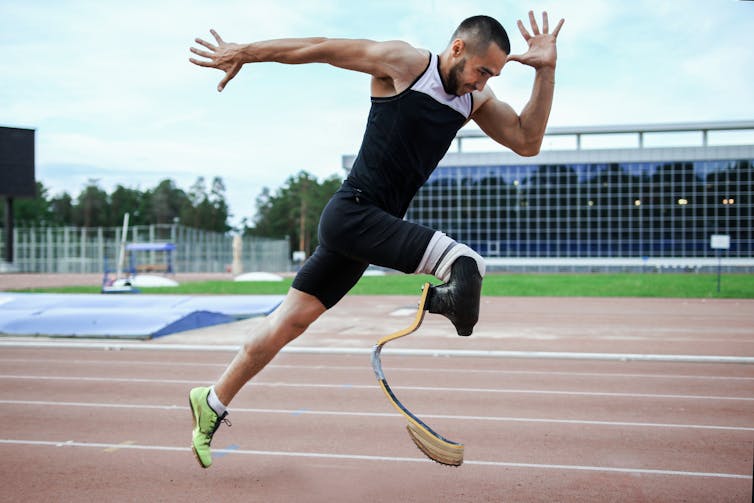
sportpoint
One of the main reasons for this is that the once popular four-year bachelor of education courses have for many been replaced by one-year ITT courses. As a result, the inclusion of disabled children is only covered superficially.
PE teaching professionals also revealed that ITT provision interprets the term “inclusion” in the broadest possible sense. This means that disability becomes one among many equality issues to be covered as part of a full curriculum.
Our respondents said that the opportunity to work with disabled children during training is essential. Doing a placement within a school that caters to disabled pupils, particularly a special-needs school, would give student teachers the chance to build competence and confidence to develop appropriate inclusion strategies. Instead, our respondents said, many ITT work placements do not introduce trainee teachers to disabled children at all.
More input from disabled people into PE teacher training would also be beneficial. None of the participants in our study had ever heard of a disabled PE teacher. Indeed, research shows only 0.5% of the teaching workforce reports having disabilities.
Yet none of our study participants could think of any reason why a disabled person could not complete a PE teacher training qualification and practice as a PE teacher. Perhaps this is what it would take to ensure inclusive education, and inclusive PE, becomes a reality for all children with disabilities.
![]()
Les auteurs ne travaillent pas, ne conseillent pas, ne possèdent pas de parts, ne reçoivent pas de fonds d'une organisation qui pourrait tirer profit de cet article, et n'ont déclaré aucune autre affiliation que leur organisme de recherche.



